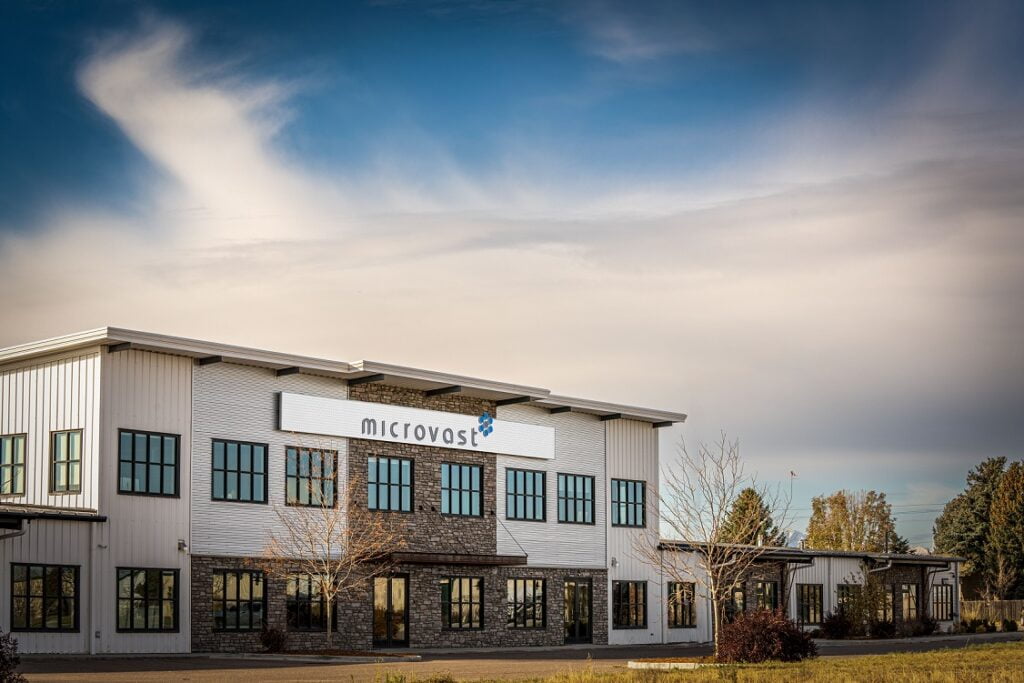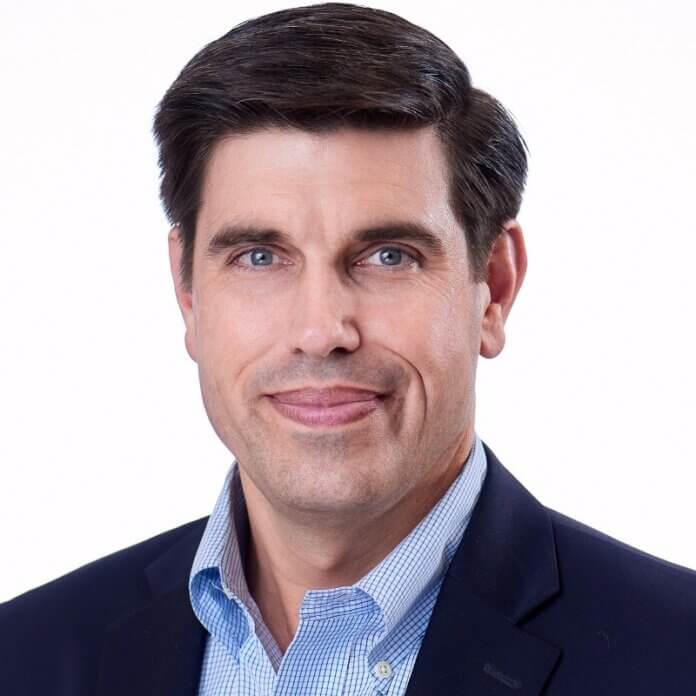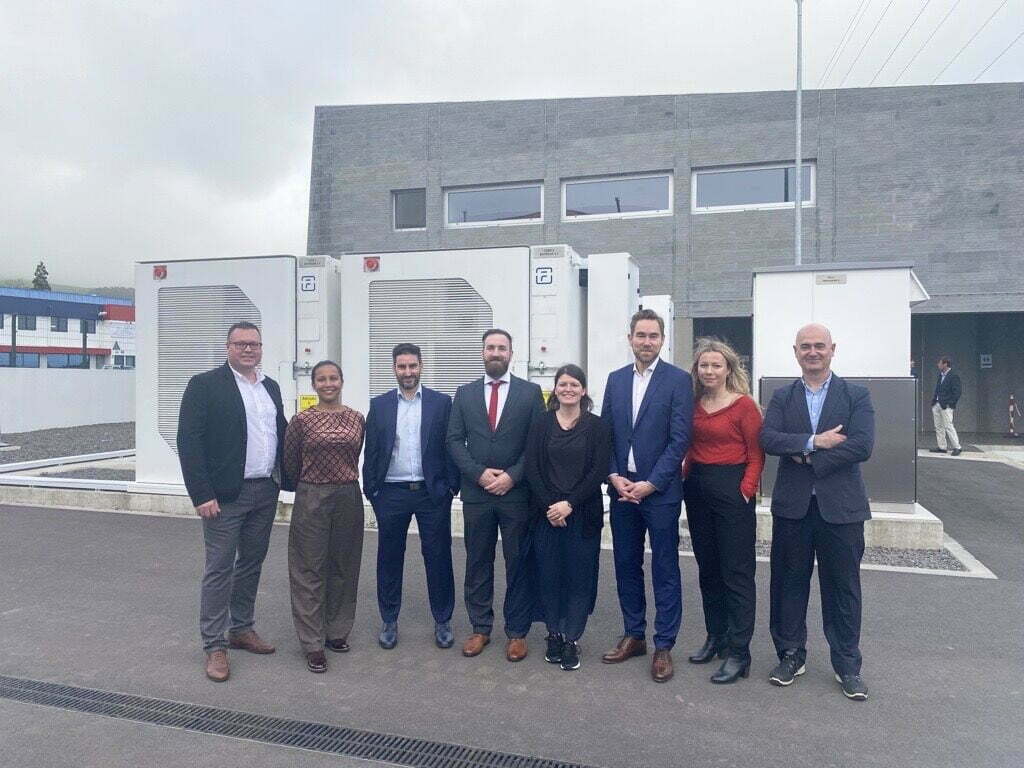Keeping the lights on while decarbonising will require far more energy storage than the EU market is set up to facilitate, the EC said. Image: NASA.
The European Commission (EC) has published a strategy through which energy storage can become a cornerstone of a decarbonised and secure energy system for the European Union (EU).
Described by one source as a de facto ‘Energy storage strategy’ for the bloc, the recommendation document was published today, setting out the ways Member States of the EU can assess their individual and collective requirements for energy storage.
The recommendation comes in the wake of the EU considerably upping its EU Green Deal renewable energy targets with REPowerEU, its follow-up strategy focused more on achieving energy independence, particularly regarding decoupling from imported Russian fossil fuels.
Overall, that means achieving the Green Deal’s aim of climate neutrality by 2050, and an interim 55% reduction in net greenhouse gas (GHG) emissions by 2030. Meanwhile, clean energy would be an important tool for accelerating the reduction in dependence on gas from Russia.
The recommendations were referred to in brief in a leaked draft of the EC’s proposals on reforming the EU’s Electricity Market Design (EMD). The finalised EMD proposals came out today, as reported by sister site PV Tech. These are set to be discussed and agreed upon by the European Parliament and Council before coming into effect.
As mentioned in Energy-Storage.news’ coverage of the leaked draft yesterday, the EC wants Member States to assess their need for flexibility in their energy networks – which is set to become acute as the proportion of energy taken from variable renewable sources like solar PV and wind grows.
The document pointed out the various strengths and capabilities of energy storage to provide value to multiple stakeholders across Europe. Most of these will be familiar to regular readers of this site, but it is perhaps encouraging to see them spelled out by a multilateral legislative body like the EC.
Indeed, the recommendation is subtitled: ‘on Energy Storage – Underpinning a decarbonised and secure EU energy system’.
“To achieve the Union’s climate and energy targets, the energy system is undergoing a profound transformation characterised by improved energy efficiency, the massive and rapid deployment of variable renewable energy generation, more players, more decentralised, digitalised and interconnected systems and increased electrification of the economy,” the EC wrote in its recommendation, adding that that means flexibility resources like energy storage, demand response and interconnection between grids will be key, with the EU projected to reach 69% renewable energy by 2030.
The recommendation also highlighted that as well as batteries used for electricity storage in the power sector, thermal energy storage technologies which can provide renewable heat will also be essential.
Meanwhile energy storage can promote the decarbonisation of multiple sectors, whether through electric vehicles (EVs) and associated infrastructure, or through electrification of buildings and commercial and industrial (C&I) premises.
Elsewhere, the EC highlights the value of energy storage for individual consumers including households and businesses behind-the-meter, such as increasing self-consumption of solar PV energy generated onsite. Remote regions such as islands can also become more self-sufficient as well as decarbonised with the deployment of storage.
However, the EC noted that a number of challenges remain for the deployment of energy storage. Some of those challenges are linked to the difficulty in providing long-term revenue predictability and visibility to investors, making it hard to access finance.
Nonetheless, the EU electricity market is already designed to allow full participation of energy storage, meaning that in theory it can access different revenue streams and ‘stack’ revenues, maximising the value they bring to the system.
Facilitating change: 10 recommendations in strategy
EU State Aid rules allow for investment in energy security and supply measures to promote greener energy options. Energy storage falls neatly in line with that, with the likes of Greece, Romania, Bulgaria and Finland already benefiting.
Transmission system operators (TSOs) should be able to leverage the benefits of energy storage in helping to manage peak demand on the grid, and the EC said “well-designed network charges and tariff schemes that strengthen the use of flexibility tools such as energy storage” would further enable that, with TSOs required to plan their investments on a 10-year horizon.
The EC’s recommendation featured a 10-point plan, which is further explained in detail in a 35-page Staff Working Document.
In short, it calls for the removal of existing barriers, such as ‘double-charging’ – whereby energy storage facilities have to pay twice to use the grid, once for drawing energy from it and again for injecting energy in. Double-charging rules are gradually being toppled across some European grid networks but still exist on others.
The aforementioned assessment of individual states’ flexibility needs features prominently, including a recommendation that national regulatory authorities play a role in making sure these are done properly by energy system operators.
The EC called for Member States to identify “potential financing gaps” and find ways to help bridge them, including the need for financial instruments to provide some revenue visibility and certainty for investors.
Other recommendations include: that ancillary services markets are examined to see if they provide adequate recompense and revenue stacking opportunities for the various grid-balancing services such as frequency regulation; that Member States consider the introduction of competitive bidding processes for flexibility resources; that they identify any regulatory and non-regulatory barriers to energy storage uptake; promote energy storage in remote regions; produce and share data on energy network metrics such as renewable energy production and curtailment; and support research and innovation in energy storage.
Continue reading










